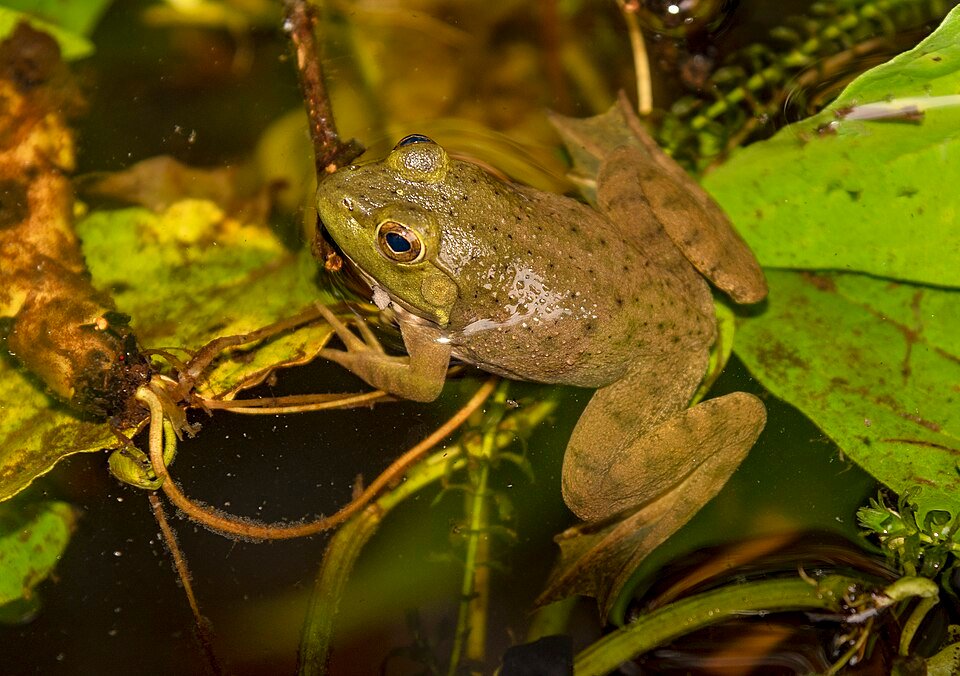USA.- Forecasting hurricane track and intensity, providing decision support for wildfires, issuing warnings for harmful algal blooms: these are just a snapshot of how NOAA’s research over the past year has provided vital services to Americans every day.
NOAA is the nation’s premier ocean, weather, and atmospheric science agency. Our scientists explore from the bottom of the ocean to the surface of the sun, to protect lives and property, support a vibrant economy, and help build national security. Nearly every American relies every day on the many products and services that come from NOAA research.
The NOAA Science Report celebrates NOAA’s research and development in four sections: (1) Introduction, (2) Theme Chapters (3) Bibliometrics, and (4) NOAA’s Scientific Workforce. Together, these sections highlight how NOAA’s research products impact the lives of all Americans.
Report explains why NOAA invests in research
The Introduction defines NOAA’s research portfolio, answering questions such as why NOAA invests in research, what kind of research NOAA supports, where NOAA invests in research, and how NOAA transitions research into operations, applications and helps enable commercial uses.
The report spans the entire range of NOAA’s mission, and the 72 stories featured in this year’s report represent a selection of NOAA’s research and development accomplishments, including the following examples:
Accelerate the Blue Economy
Stay Always Informed
Join our communities to instantly receive the most important news, reports, and analysis from the aquaculture industry.
-Strengthened economic and environmental sustainability of fisheries through the use of a dynamic management strategy.
-Mapped more than 635 thousand square kilometers of seafloor in and around the Pacific Remote Islands.
-Released web-based tool for exploration, permitting, and siting of offshore aquaculture in the Gulf of Mexico.
-Introduced a new program for nation-wide expansion of precision navigation services to high traffic U.S. ports.
-Provided weekly warnings for harmful algal blooms along Florida’s coasts.
Prepare for Extreme Weather
-Increased skill in forecasting hurricane intensity through the development of two new models.
-Estimated the transport and dispersion of harmful sulfur dioxide and volcanic ash during Kilauea volcanic eruption.
-Launched two new satellites to improve weather, severe weather, hurricane, flooding, fire weather, and air quality forecasts.
-Deployed over 200 incident meteorologists on the scene of wildfires.
-Doubled the accuracy of current operational flash flood prediction systems and improved the spatial resolution by 500 percent.
-Increased understanding of the effects of Arctic sea ice loss on mid-latitude weather.
NOAA leads in federal weather, oceanography, marine & freshwater biology and fisheries research
The Bibliometrics section of the NOAA Science Report measures the productivity and impact of NOAA science in major research areas across the agency. Between 2011 and 2017, NOAA authored or co-authored 13,621 publications and more than 90 percent of the articles published have been cited. In comparison to other federal agencies, NOAA has the highest productivity in the fields of meteorology & atmospheric sciences, marine & freshwater biology, fisheries, and oceanography.
Report profiles excellence of scientific workforce
The final section of the NOAA Science Report, NOAA’s Scientific Workforce, highlights the creative and vibrant workforce that is at the core of NOAA’s research and development, and mission services enterprise. Between 2017 and 2018, over 200 individuals and teams were recognized by internal and external entities for their achievements.
To read the report, please download the Full 2018 NOAA Science Report.
Source: NOAA
Editor at the digital magazine AquaHoy. He holds a degree in Aquaculture Biology from the National University of Santa (UNS) and a Master’s degree in Science and Innovation Management from the Polytechnic University of Valencia, with postgraduate diplomas in Business Innovation and Innovation Management. He possesses extensive experience in the aquaculture and fisheries sector, having led the Fisheries Innovation Unit of the National Program for Innovation in Fisheries and Aquaculture (PNIPA). He has served as a senior consultant in technology watch, an innovation project formulator and advisor, and a lecturer at UNS. He is a member of the Peruvian College of Biologists and was recognized by the World Aquaculture Society (WAS) in 2016 for his contribution to aquaculture.




